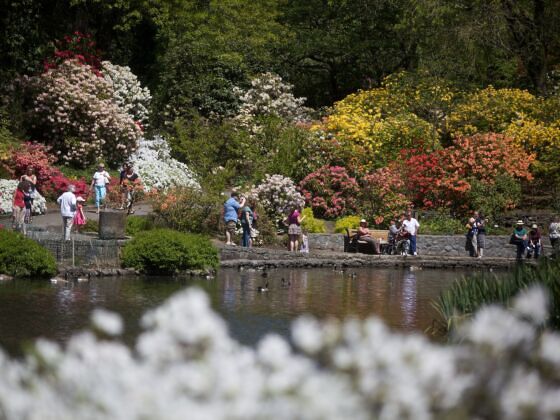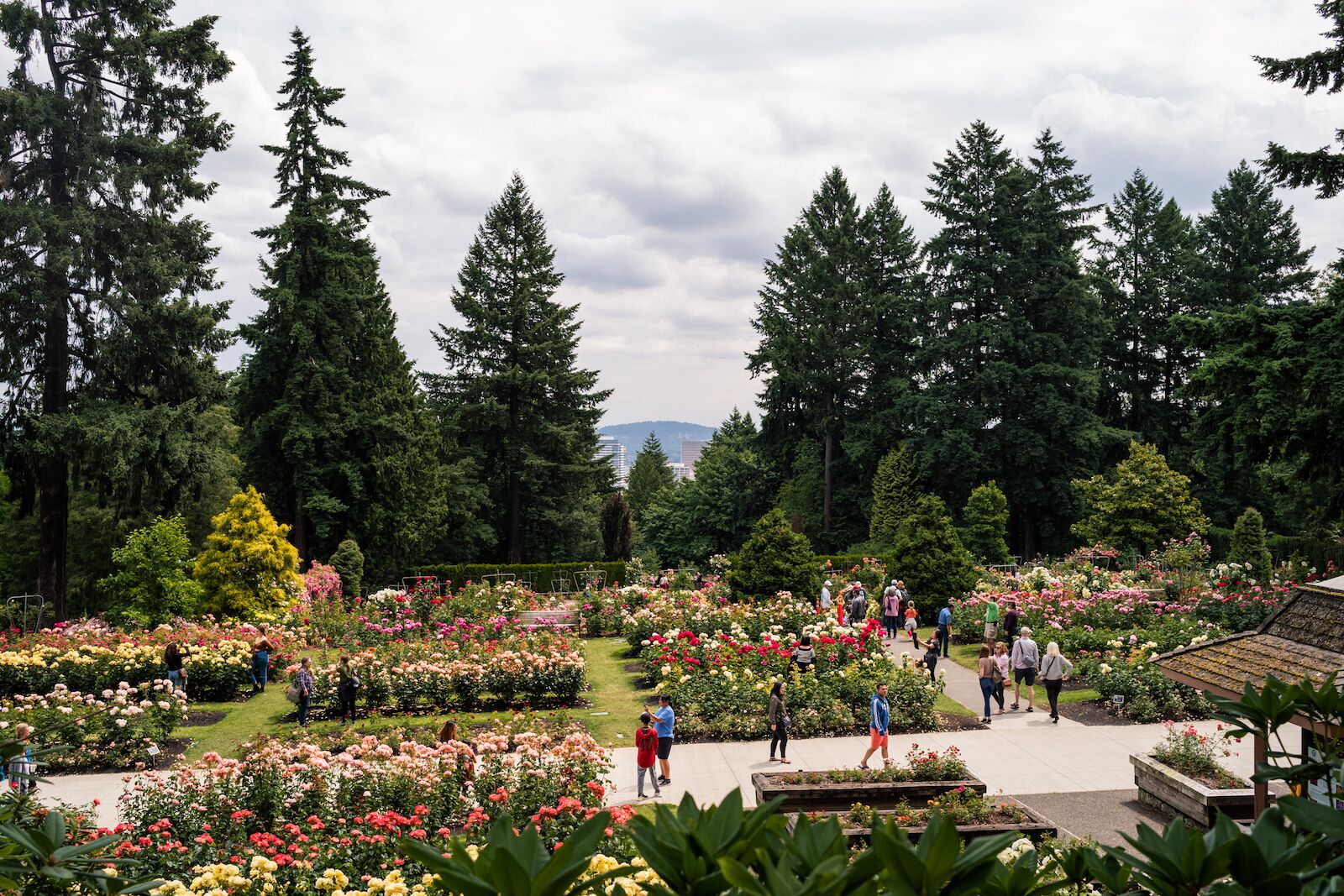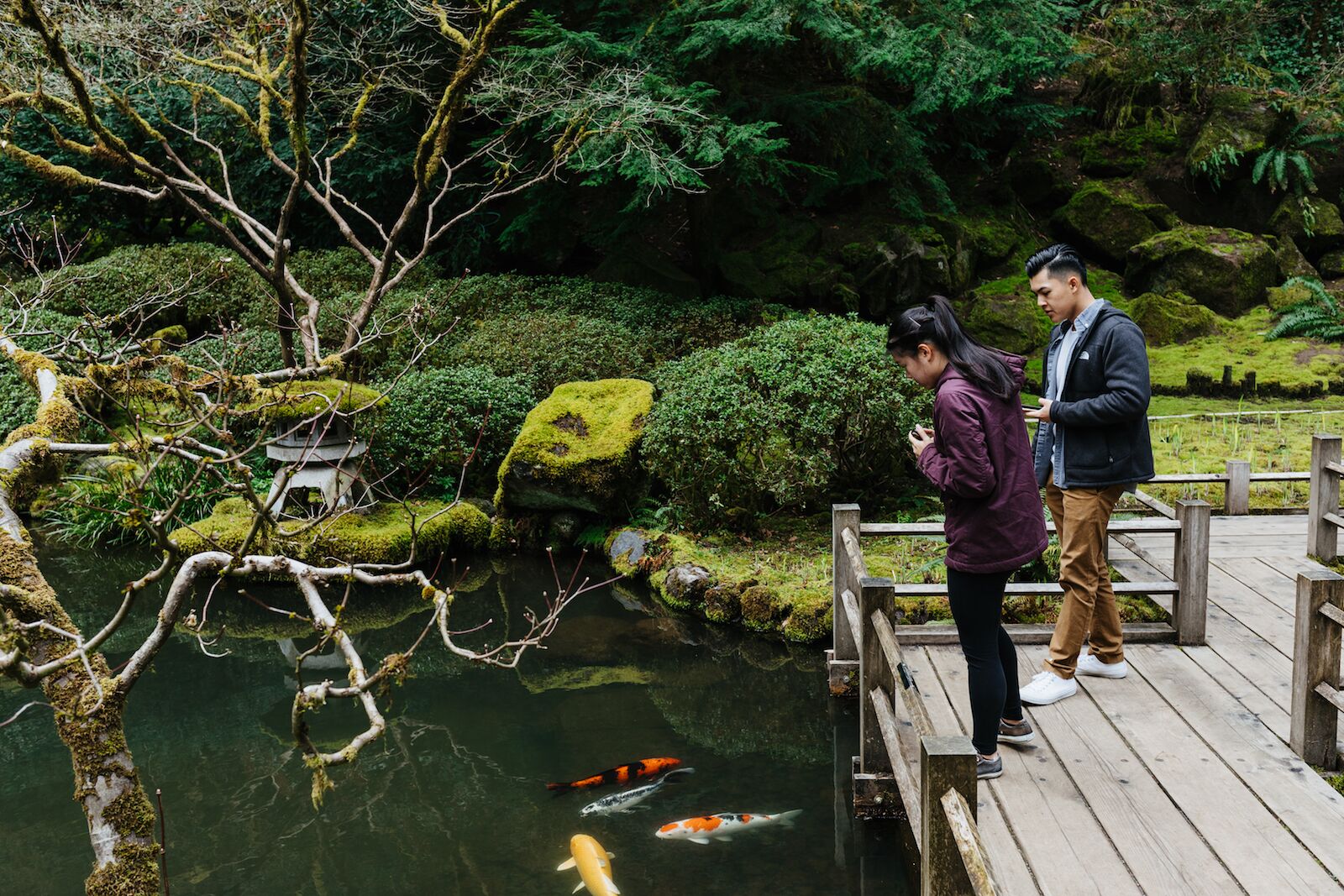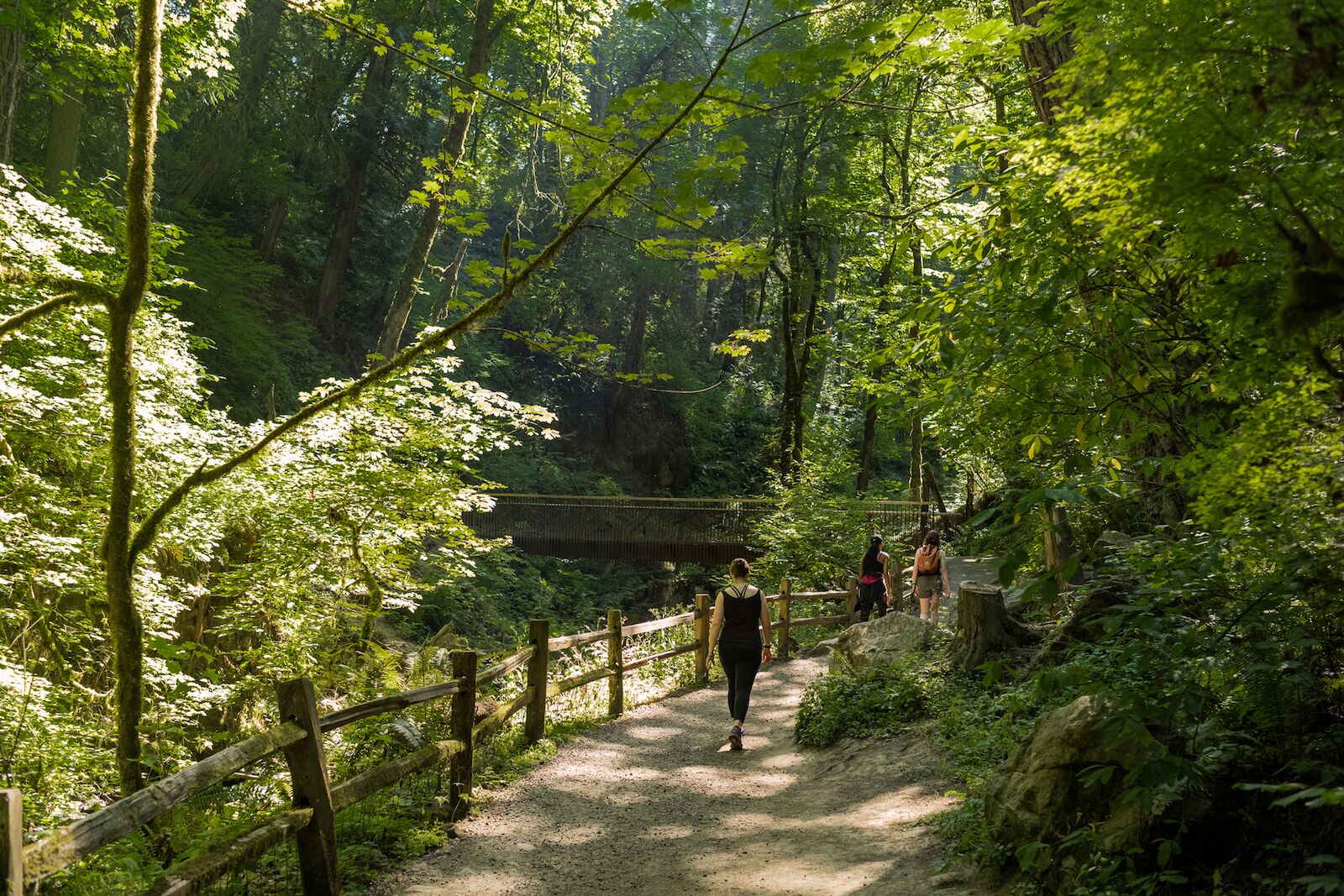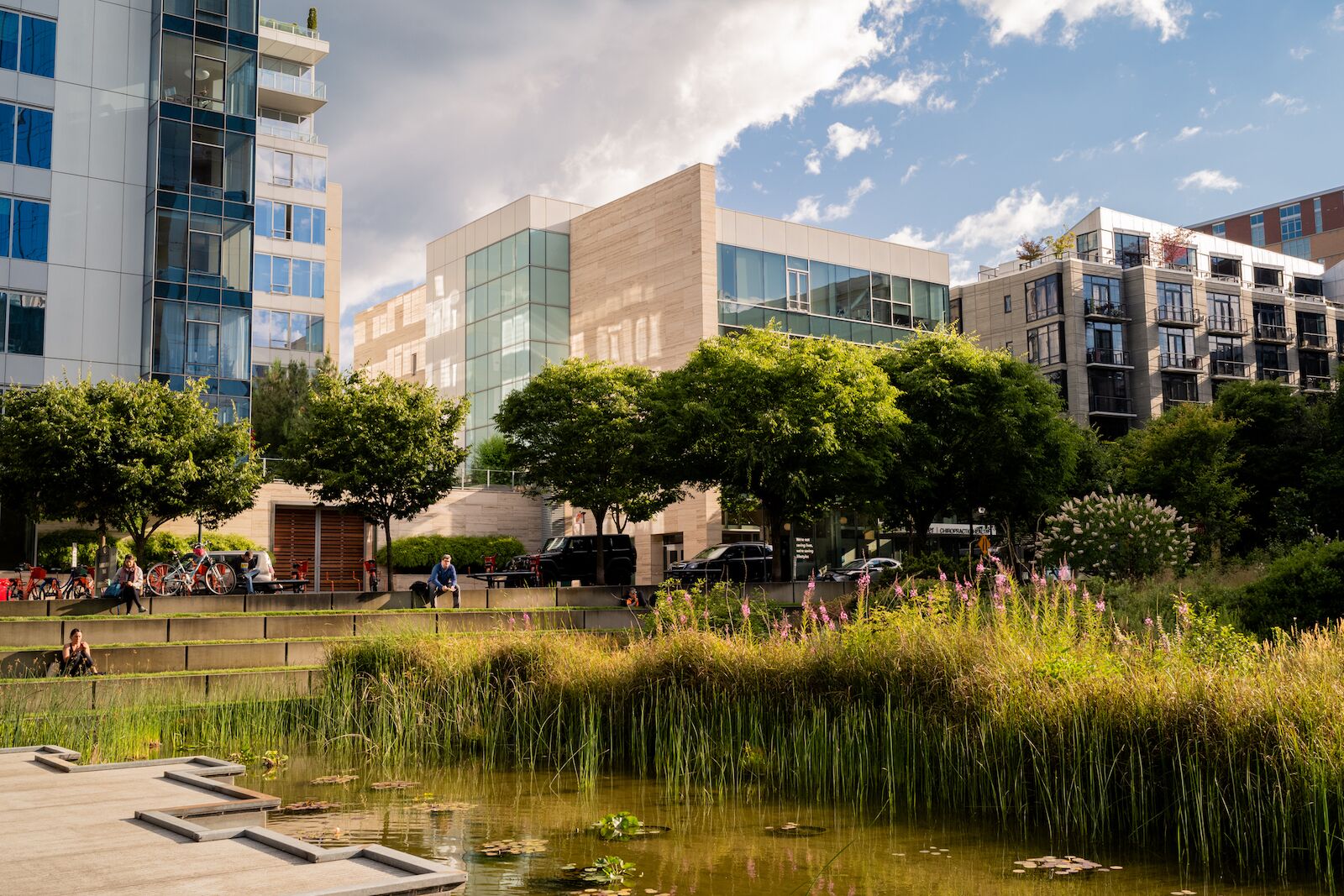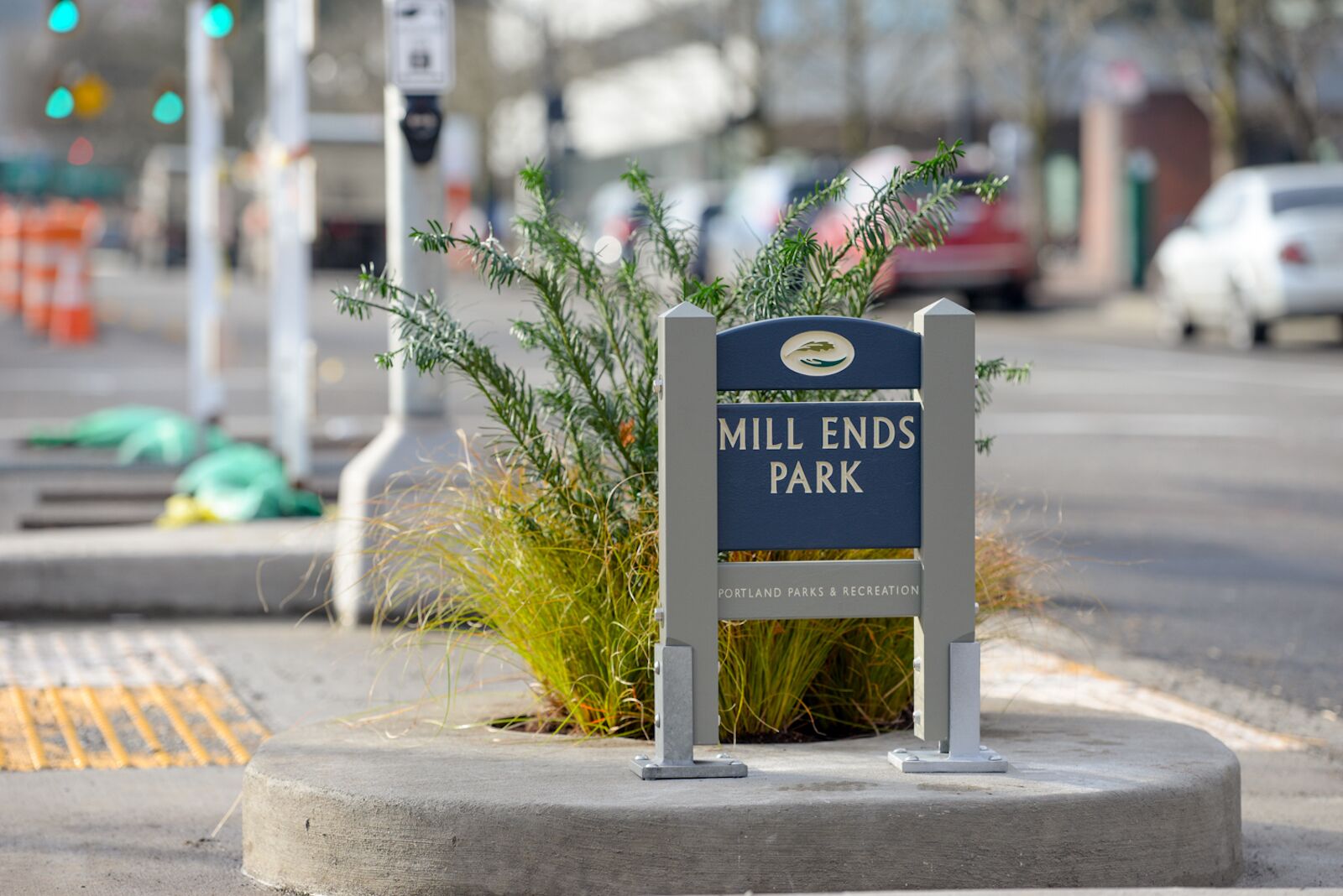One of the best things about Portland, Oregon is that it’s a nature-centric city. Portlanders have a strong affinity for greenspace, and it shows. Portland’s extraordinary gardens and parks offer fantastic displays of the weird, wild, and “wow” of nature and are a testament to greenthumbery at its best.
What’s even more interesting about Portland gardens is that they display far more than just the flora of the Pacific Northwest. Within the best Portland gardens, you’ll find plants and trees from as far as Japan, Europe, and southeast Asia.
These are the best gardens and parks to visit in Portland.
